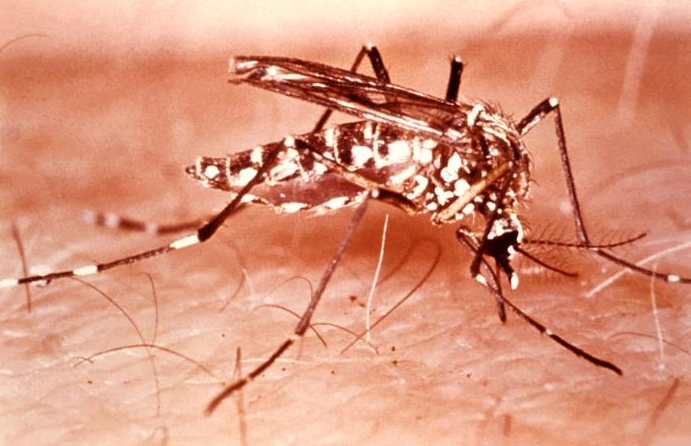NewsDesk @infectiousdiseasenews
Health officials in Minas Gerais, Brazil are reporting 814 probable and 178 confirmed dengue fever cases through January 20. No deaths from dengue have been confirmed to date.

In 2021, the state saw 24,060 probable cases and more than 15,000 confirmed cases throughout the year. Seven deaths were confirmed and 16 are still under investigation.
State health officials have also reported 27 probable and one confirmed chikungunya case and one probable Zika case through the first 20 days of the year.
Dengue is a viral infection transmitted by the bite of an infected mosquito. There are four closely related but antigenically different serotypes of the virus that can cause dengue (DEN1, DEN 2, DEN 3, DEN 4).
Dengue Fever (DF) – marked by an onset of sudden high fever, severe headache, pain behind the eyes, and pain in muscles and joints. Some may also have a rash and varying degree of bleeding from various parts of the body (including nose, mouth and gums or skin bruising).Dengue has a wide spectrum of infection outcome (asymptomatic to symptomatic). Symptomatic illness can vary from dengue fever (DF) to the more serious dengue hemorrhagic fever (DHF).
Dengue Hemorrhagic Fever (DHF) – is a more severe form, seen only in a small proportion of those infected. DHF is a stereotypic illness characterized by 3 phases; febrile phase with high continuous fever usually lasting for less than 7 days; critical phase (plasma leaking) lasting 1-2 days usually apparent when fever comes down, leading to shock if not detected and treated early; convalescence phase lasting 2-5 days with improvement of appetite, bradycardia (slow heart rate), convalescent rash (white patches in red background), often accompanied by generalized itching (more intense in palms and soles), and diuresis (increase urine output).
Dengue Shock Syndrome (DSS) — Shock syndrome is a dangerous complication of dengue infection and is associated with high mortality. Severe dengue occurs as a result of secondary infection with a different virus serotype. Increased vascular permeability, together with myocardial dysfunction and dehydration, contribute to the development of shock, with resultant multiorgan failure.
- Japan reports 7873 syphilis cases in 2021
- Botulism in Ukraine 2021: 98 cases, 10 deaths
- Hong Kong: If a hamster tests positive for COVID-19, its owner is subject to compulsory quarantine at a quarantine center
- Researchers seek to develop vaccine against plague, tularemia and melioidosis
- Spain reports H5N1 avian influenza outbreak in Segovia
- Hong Kong: Pet store hamsters test positive for COVID-19, Temporary suspension of sales
- Argentina: Hantavirus case reported in Chubut

